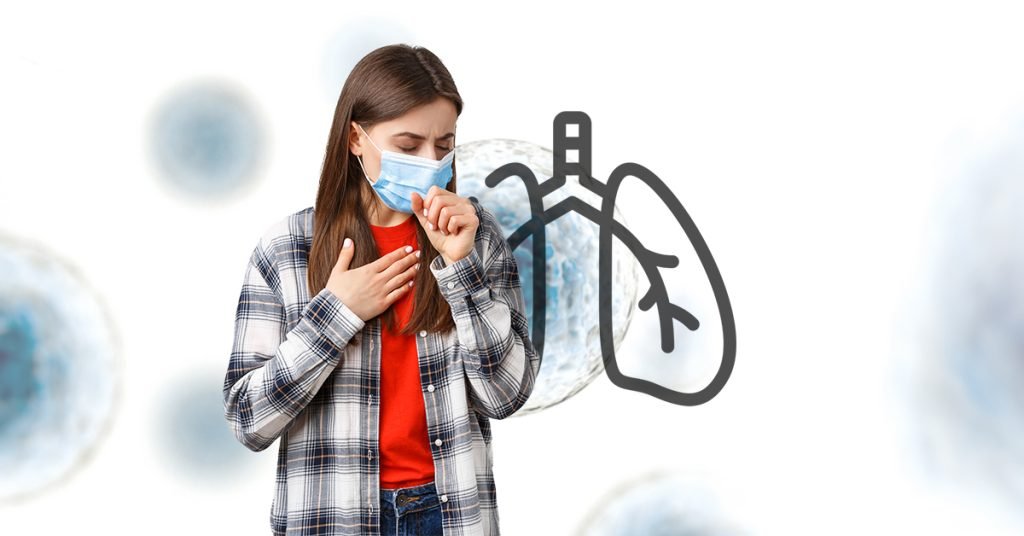Chronic lung diseases impact millions of people worldwide, making everyday activities like walking, talking, or simply breathing feel like uphill battles. For many, current treatments only offer temporary relief without addressing the deeper cause of their symptoms.
But that’s beginning to change.
Exosome therapy a cutting-edge approach rooted in regenerative medicine—is emerging as a powerful ally in the fight against lung disease. Unlike conventional treatments that aim to control symptoms, exosomes work at the cellular level, potentially helping the lungs repair themselves. This innovative therapy is still under active research, but early studies and clinical experiences are generating genuine hope.
We’ll explore how exosome therapy works, the science behind it, and how it may transform the future of lung health.

